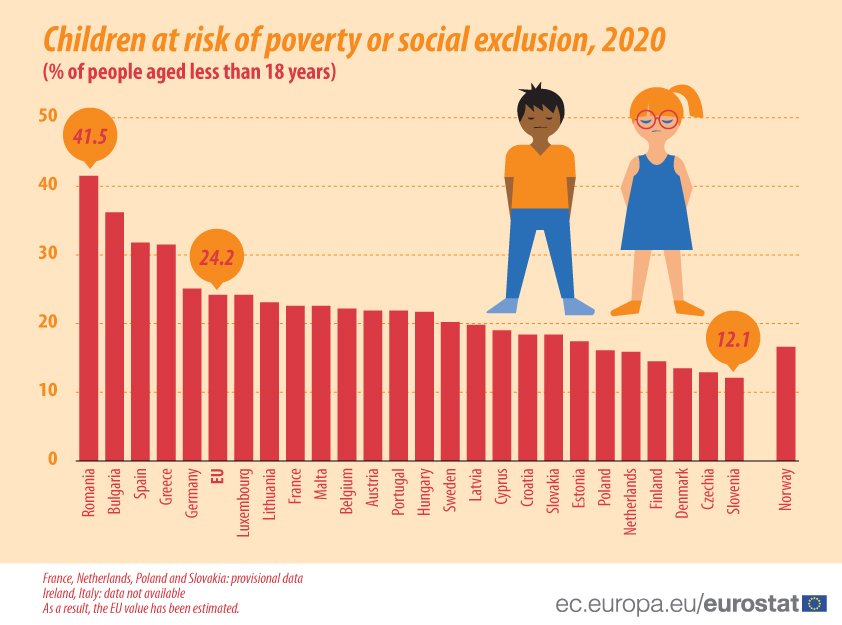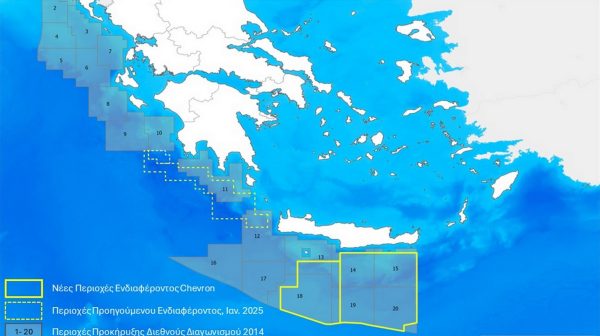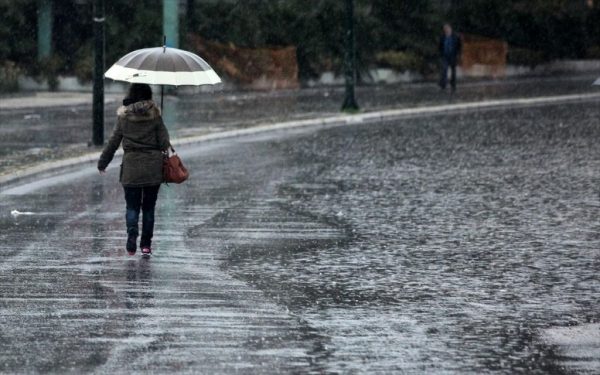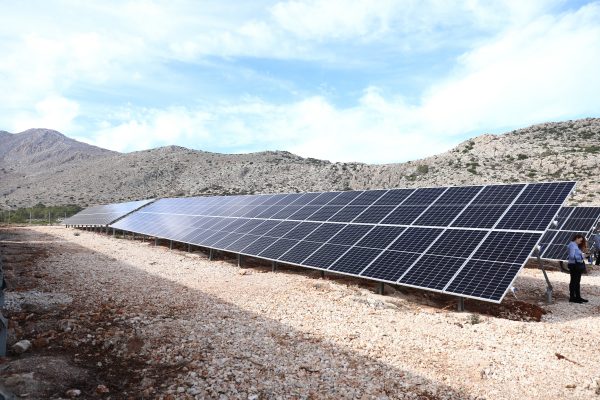
In 2020, 24.2% of children (less than 18 years old) in the EU were at risk of poverty or social exclusion compared with 21.7% of adults (18–64) and 20.4% of older people (65 or over), according to a new EUROSTAT report.
Factors influencing the risk of poverty or social exclusion in the EU in 2020 included:
- work intensity: 71.9% of the population aged less than 60 years living in very low work intensity households with dependent children were at risk of poverty;
- level of education: 50.5% of children whose parents’ level of education was low were at risk of poverty compared with 7.7% of children whose parents’ level of education was high;
- type of household: households composed of a single person with dependent children (42.1%), single-person households (33.2%) and households composed of two adults with three or more dependent children (29.6 %) had the highest risk of poverty or social exclusion;
- migrant background: children with at least one parent with a migrant background were at a greater risk of poverty than children whose parents were both native-born (32.9% compared with 15.3%);
- living conditions: 14.1% of households composed of a single person with dependent children were severely materially and socially deprived compared with 7.5% of all households with dependent children.
Children most at risk in Romania, least in Slovenia and Czechia
Among the EU countries, Romania recorded the highest rate of children at risk of poverty or social exclusion (41.5%) in 2020, followed by Bulgaria (36.2%), Spain (31.8%) and Greece (31.5%).
In contrast, Slovenia (12.1%) and Czechia (12.9%) had the lowest rates, ahead of Denmark (13.5%) and Finland (14.5%).
Latest News

New Democracy Modifies Comms Team in Wake of Tempi Backlash
Former Deputy Energy Minister Alexandra Sdoukou has been appointed new spokesperson for New Democracy.

Chevron Cleared to Explore Hydrocarbons South of Crete
This step marks a significant development in Greece’s ongoing efforts to tap into its underexplored energy reserves.

Piraeus: Official Easter Shopping Hours and Retail Schedule
In anticipation of Easter, the Piraeus Chamber of Commerce has announced the proposed holiday hours for retail stores, running from Thursday, April 10 to Holy Saturday, April 19, 2025

World Day of Physical Activity: About One in Three Greek Adolescents Physically Inactive
Almost one-third (30.4%) of Greek adolescents are considered physically inactive, meaning they engage in less than three days of physical activity per week. This rate is significantly higher than the international average of 24%

Unseasonably Low Temps, Storms, Snow Forecasted for Greece
A sharp decline in temperatures will begin Sunday afternoon in Macedonia and Thrace, progressively affecting central and southern Greece through Monday and Tuesday

Higher Prices for Easter Table Staples ‘Sting’ Greek Households
As inflation and production costs continue to weigh on the market, Greek families may find this year's Easter table more expensive than in previous year

Eluned Morgan: The Parthenon Marbles should be returned to Greece
The Welsh First Minister takes a clear stance in support of the reunification of the Parthenon Marbles in an exclusive interview with TA NEA Weekend

Traffic Disruptions in Athens This Weekend for Major Cycling Event
Athens police advise all residents and visitors to plan ahead and allow extra travel time

Trump’s 10% Tariffs Take Effect, Ushering in New Era in Trade
Trump’s tariffs represent a direct break from the post-WWII global trade framework that prioritized negotiated, reciprocal tariff reductions.

Oil Price Drops 8%
The sell-off was fueled by escalating fears of a global trade war after China responded aggressively to new U.S. tariffs, signaling a deepening economic rift.















![Airbnb: Ρεκόρ διανυκτερεύσεων σε καταλύματα βραχυχρόνιας μίσθωσης – Στα ύψη η ζήτηση σε Ελλάδα [γραφήματα]](https://www.ot.gr/wp-content/uploads/2024/07/airbnb-1-90x90.jpg)
























 Αριθμός Πιστοποίησης
Αριθμός Πιστοποίησης